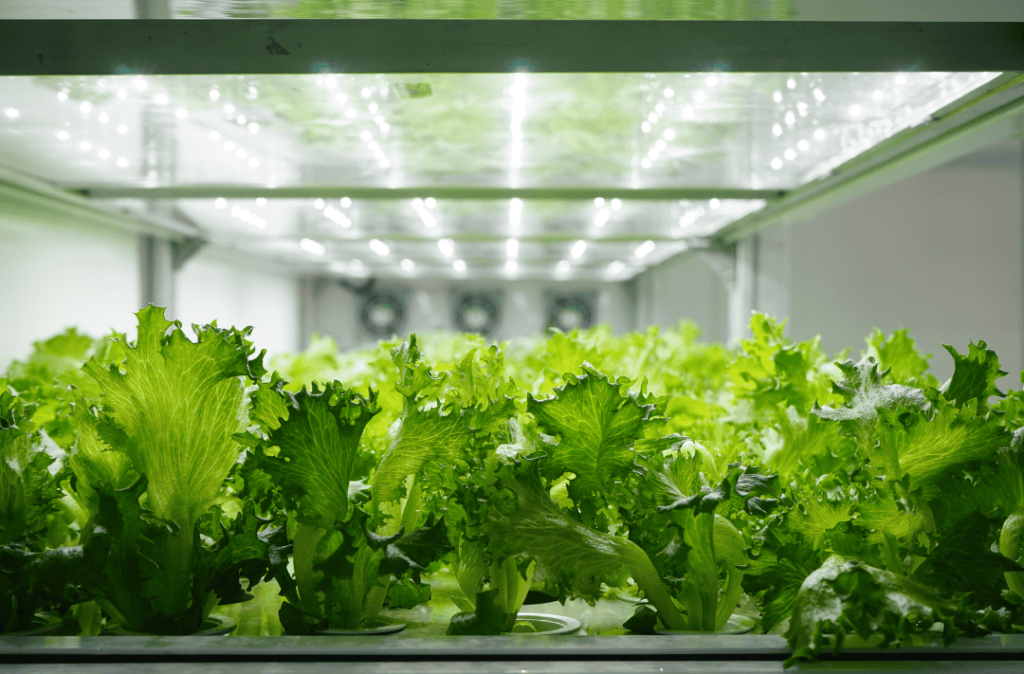As the world grapples with the urgent need to combat climate change, a comprehensive approach to reducing greenhouse gas emissions has never been more critical. Recent studies underscore the necessity of aligning our efforts with the 2°C limit outlined in the Paris Agreement. This ambitious goal calls for deep decarbonization across various sectors of the economy, promising not only environmental benefits but also economic opportunities.
The 2050 Vision: A Blueprint for Change
The vision for a deeply decarbonized energy system by 2050 revolves around three key pillars: energy systems, economic frameworks, and societal benefits. Transitioning to a low-carbon energy system involves a stark contrast between high and low-carbon energy sources, where renewable technologies take center stage.
Key Metrics and Consumer Impact
A decarbonized energy system can support current lifestyles while requiring only a small change in direct consumer spending on energy. By strategically investing in technology rather than fossil fuels, we can facilitate a smoother transition that minimizes disruption to daily life.
Economic Implications: A Small Cost for a Big Gain
One of the most compelling arguments for deep decarbonization is its minimal cost to the U.S. economy. When viewed through the lens of long-term benefits, the transition to a sustainable energy system not only mitigates climate risks but also offers macroeconomic stability and energy security. By diversifying our energy sources, we create a more resilient economy that can withstand external shocks.
Societal Benefits: More Than Just Emissions Reduction
The societal benefits of this transition are profound. A stable climate and clean environment are paramount, but the economic advantages are equally significant. The shift towards a modernized, high-tech energy system can create numerous jobs and boost competitiveness. An energy system with many winners ensures that the benefits of decarbonization are widely distributed, fostering a sense of shared progress.
Navigating the Energy Transition
The physical transition to a low-carbon economy involves careful planning and execution. Metrics and outcomes will guide us as we navigate this complex landscape, ensuring that we remain on track to meet our 2050 goals. Policymakers play a crucial role in this process, guided by principles that emphasize transformation, timely replacement of outdated technologies, and cross-sector coordination.
Conclusion
The path to deep decarbonization is not just an environmental imperative; it is a strategic economic opportunity. By embracing innovative technologies and fostering a collaborative approach, we can create a sustainable future that benefits both the planet and its inhabitants. For more insights, visit The Economic Benefits of a Low Carbon Economy. The time to act is now, and the potential rewards are immense. Let’s work together towards a cleaner, greener, and more prosperous world..

